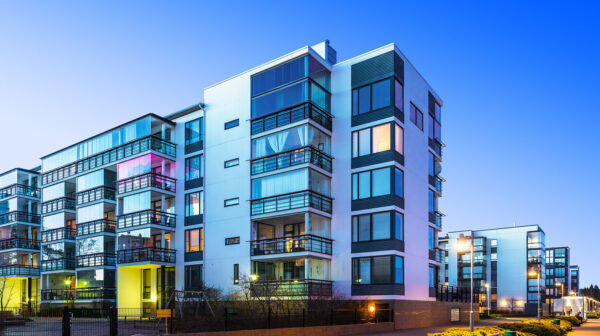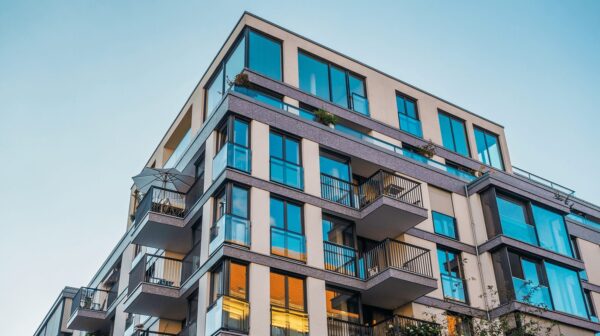In Part One of this series we looked at how and when the Accessibility for Ontarians with Disabilities Act, 2005, S.O. 2005, c. 11 (“AODA”) and the design of public spaces requirements provided for by O. Reg. 191/11 Integrated Accessibility Standards (the “IASR”) will apply.
Part Two of this series now turns to what threshold of reconstruction/redevelopment/replacement will trigger an obligation to comply with the design of public spaces requirements. Entities are not required to retrofit public spaces to meet the IASR requirements, or in other words are not required to alter publicly accessible spaces if they have no plans to do so. It goes without saying that any new construction of publicly accessible spaces must conform to the design of public spaces standards (“DPS Standards”) applicable to that entity.
In terms of what level of maintenance, repair or construction work triggers the obligation to comply with the regulations, neither AODA nor the IASR define “reconstruction”, “replaced” or “redeveloped.” There have been no reported decisions that have considered the application of the DPS Standards or the definition of “reconstruction,” “replaced” or “redeveloped” for the purposes of complying with the DPS Standards.
Given the lack of definitions or decisions to clarify the threshold for “reconstruction,” “replaced” or “redeveloped” under AODA and the IASR, the interpretation of “material alteration or repair” under Ontario’s O.Reg. 332/12: Building Code (the “OBC”) likely provides the best guidelines for what threshold of work could trigger an obligation to comply with the DPS Standards.
Under the OBC, existing structures that do not meet OBC standards must meet those requirements in the event that a “material alteration or repair” is made to that structure. While “material alteration or repair” is not defined in the OBC, there has been judicial consideration of that term.
For example, in the case of Kritz v. Guelph (City), 2016 ONSC 6877, the court found that the determination of “material alteration or repair” is a question of mixed fact and law. In Kritz, the court found that minor renovations, which included the addition of new plumbing systems and internal demising walls, did not meet the threshold of a “material alteration or repair.”
Previous decisions have also relied on the Dictionary of Canadian Law’s definition of “material,” particularly with reference to its meaning as “important, essential” and “that which goes to the foundation of the decision or which goes to the crux of a central issue before the court.”
In R v. Lemieux, 2009 ONCJ 676, the court applied the Dictionary of Canadian Law’s definition of material to mean “significant or important or essential and must go to the crux of an issue” when used as an adjective in the context of “alteration or repair.”
On the other hand, cases such as R. v. King Insulation Services Ltd. (1981), 13 M.P.L.R. 127 have taken a much broader approach to what constitutes material, holding that a non-structural improvement that creates a “material advantage” constitutes a “material alteration or repair.”
While previous consideration of “material alteration or repair” for structures under the OBC are not directly analogous to DPS Standards, we suggest that the following principles may be drawn from OBC caselaw:
- Small repairs, such as patches or handyman level work, would not reasonably fall under the scope of “reconstruction,” “replaced” or “redeveloped” and trigger the obligation to bring the publicly accessible space into compliance with the regulations. This work does not materially alter or better the space, but rather serve to maintain the space to an existing standard.
- Larger scale work, such as replacing an entire curb or regrading a walkway, would likely fall under the scope of “reconstruction,” “replaced” or “redeveloped” and trigger the obligation to bring the pedestrian crossing into compliance with the regulations.
- Other types of work fall within a grey area which, in our opinion, there would be reasonable arguments both for and against that work triggering the obligation to meet the IASR requirements. For example, replacing portions but not all sections of a segment of a ramp.
In situations where work falls into a grey area, it is likely best to err on the side of caution and treat such work as “reconstruction,” “replaced” or “redeveloped” for the purposes of the IASR, especially in light of the penalties that will be discussed in the forthcoming Part Three of this series.
Should you have a question or concerns, please feel free to reach out to a Miller Thomson’s Condominium & Strata group.



